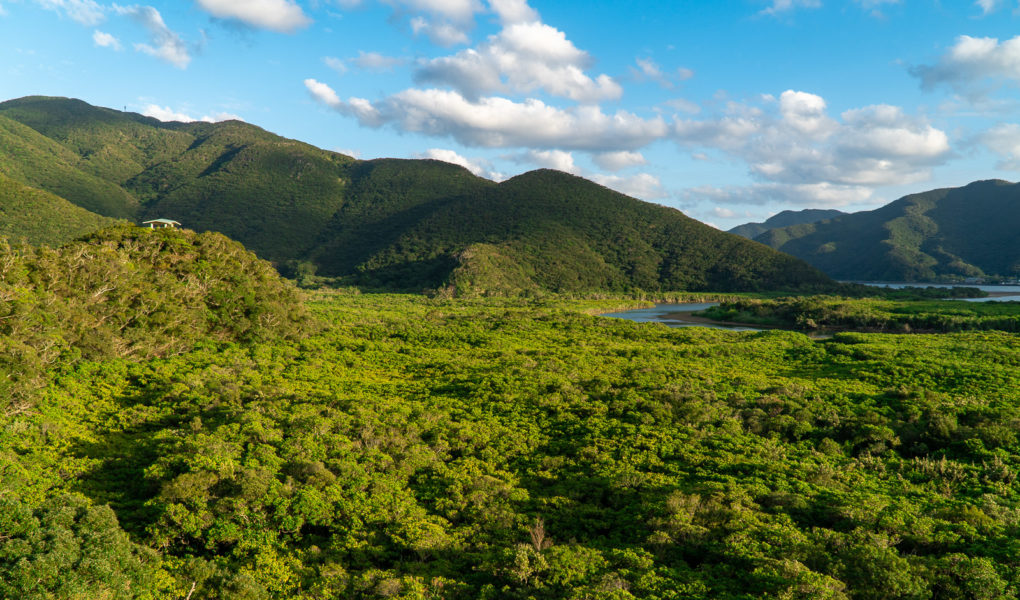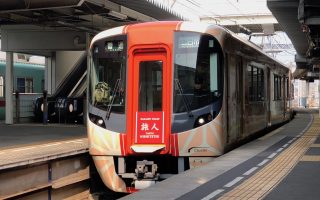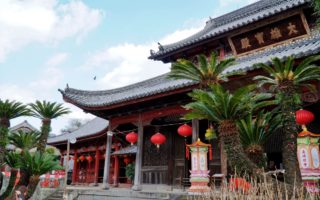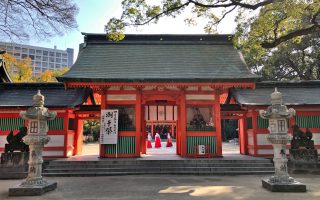Amami is home to Japans second largest mangrove forest, the Amami Mangrove Primeval Forest. The park is located on the eastern coast of Amami Oshima, and can be explored by canoe or boat. Guided tours are available from both the Mangrove Park and the nearby Mangrove Chaya.
Hotels in Amami Amami Private Guided Daytrip 3D2N Package Stay in Amami
Sumiyo Mangrove Forest, which is the official name of the area, is within the boundary of Amami Guntō National Park – a national park which was established in 2017. The mangrove is the second largest in Japan (Iriomote mangrove is larger) and is home to a large variety of animals and plants. Especially during low tide it is possible to spot mudskippers, different types of crabs and birds. To protect the unique nature, the mangrove area is considered a special protected area within the national park.
The mangrove forest has a large network of channels and streams, which can be explored by taking a canoe or boat tour. Quietly gliding through the green tunnels of Mangroves in a canoe is a very unique and peaceful experience. Tours and rentals are available from two locations; the Mangrove Park and the Mangrove Chaya, both located in the area. The Mangrove Park is a larger facility which, in addition to guided canoe tours, also offers other activities such a “ground golf” and Segway tours. There is also restaurant on site. Mangrove Chaya is a smaller complex a bit down the road. Here canoes can be rented, either for private exploration, or for guided tours. They also offer group boat tours. There is a camp site which can be reserved for overnight stays. Furthermore, they arrange different night- and adventure tours in the mangrove.

Amami Mangrove Primeval Forest. Photo by frontriver (flickr.com). CC BY 2.0.
Amami Mangrove Primeval Forest is located where the two rivers, Sumiyo and Yakugachi meet the ocean. The mix of salt and freshwater here is characteristic for the environment of a mangrove forest.
About mangroves: A mangrove is technically a type of tree which grows in brackish (partly salty) water – a condition which is often found where rivers and oceans meet. They are found in tropical and subtropical climates. The term “mangrove” covers a larger group of plants which have adapted to live under these conditions. The word “mangrove”, however, is also used to describe a complete eco-system of such plants.
Planning your visit
Mangrove Park
| Hours | 9:30 – 18:00 |
| Entrance fee | Adult: ¥500 Child: ¥300 |
| Canoe tour | Adult: ¥2000 / 1h guided tour Child: ¥1800 / 1h guided tour Infant: free. |
| Website | Mangrove Park official website |
Mangrove Chaya
| Hours | 9:00 – 18:00 |
| Canoe prices | Adult: ¥1700 / 90min with guide Child: ¥1300 / 90min with guide Adult: ¥1700 / 2 hours no guide Child: ¥1300 / 2 hours no guide |
| Boat tour | Adult: ¥2300 / 1 hour Child: ¥1300 / 1 hour Operation depending on tides |
| Website | Mangrove Chaya official website |
Prices as of 2020. Prices and times may change. Always check directly with the company.
Getting there
By car: Amami Mangrove Primeval Forest is located on the southern half of Amami Oshima. There is a large parking area by the Mangrove Park.
From Naze, follow route 58 south for about 20 minutes. The road passes right by the park entrance and mangrove.
By bus: The nearest bus stop is “Mangrove Park Bus Stop” (マングローブパーク). The bus headed for Koniya (古仁屋) stops at the mangrove park. There are many points throughout the island where you can catch the bus. It stops both at the airport and at central Naze. For details, check the route maps and time tables of Shima Bus which is linked below. The bus ride from Naze to Mangrove park is about 40 minutes.
? Shima Bus official website (japanese)
Suggested Hotels in Amami

| The Scene Amami |
| ☆☆☆☆ |
| Find prices |

| Nest at Amami Beach Villas |
| ☆☆☆☆ |
| Find prices |
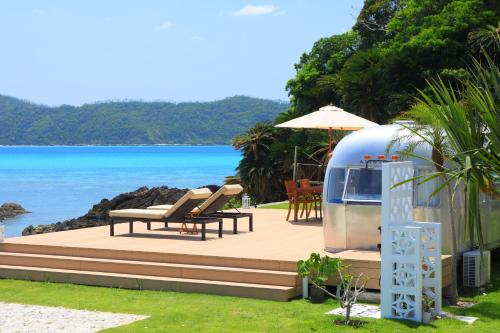
| Holly Camp Airstream |
| ☆☆☆ |
| Find prices |

| Denpaku Beachfront MIJORA |
| ☆☆☆☆ |
| Find prices |
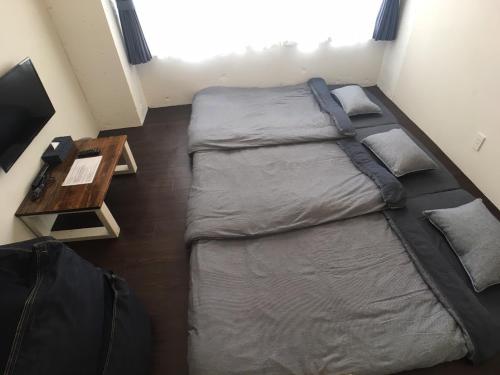
| Golden Mile Hostel |
| ☆☆ |
| Find prices |
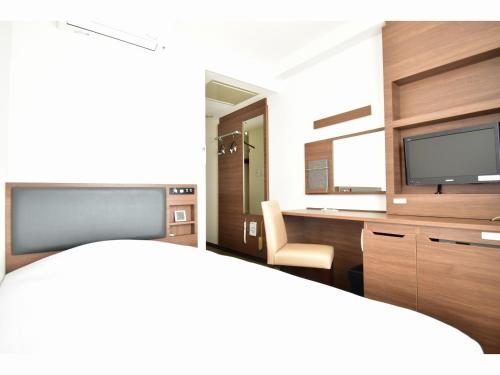
| Hotel New Amami |
| ☆☆☆ |
| Find prices |

